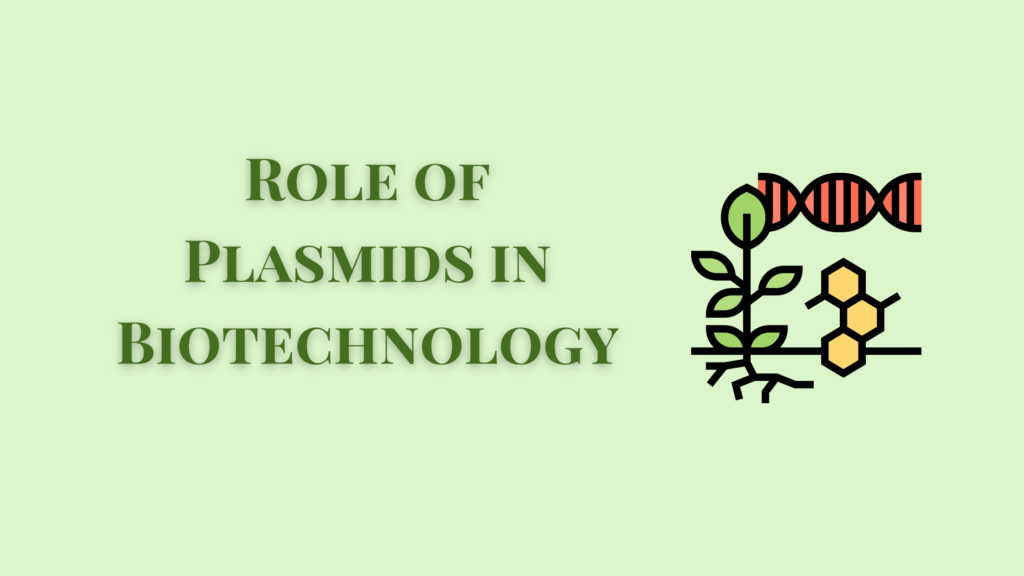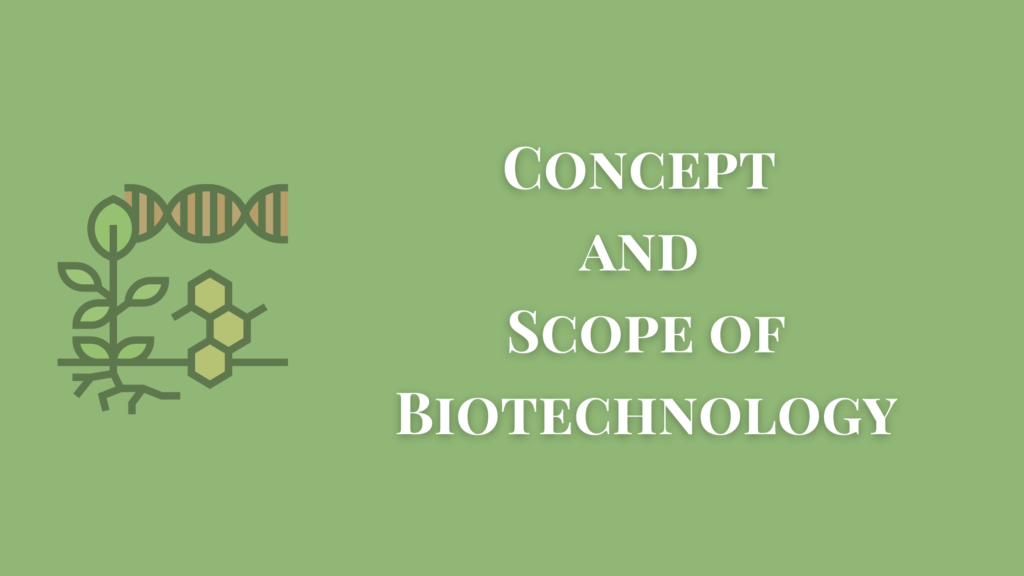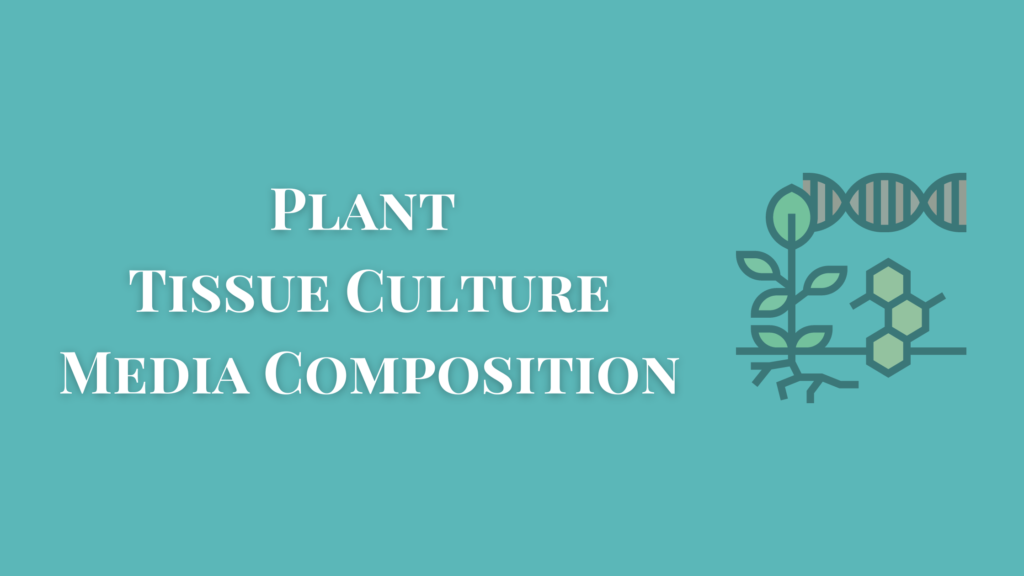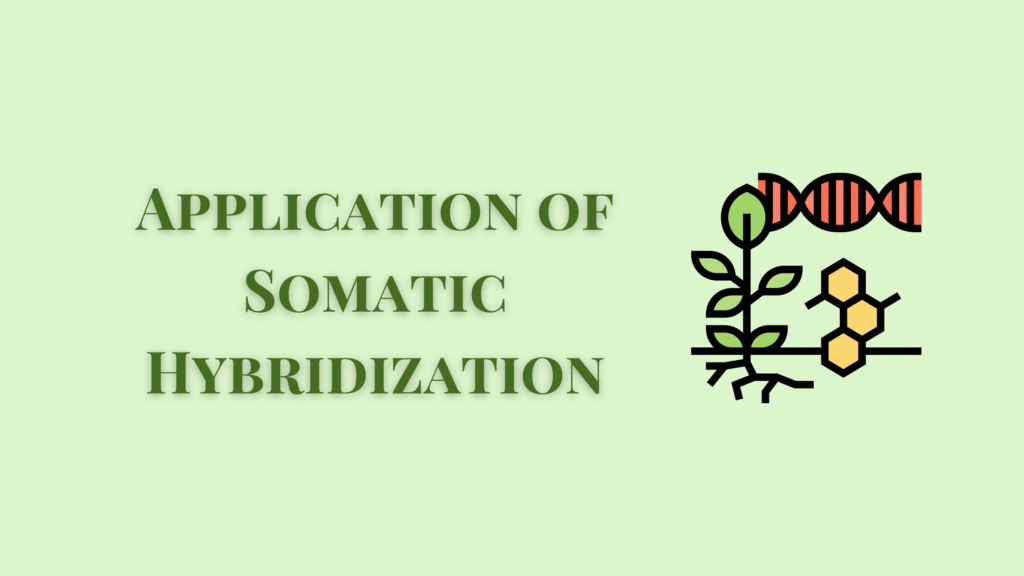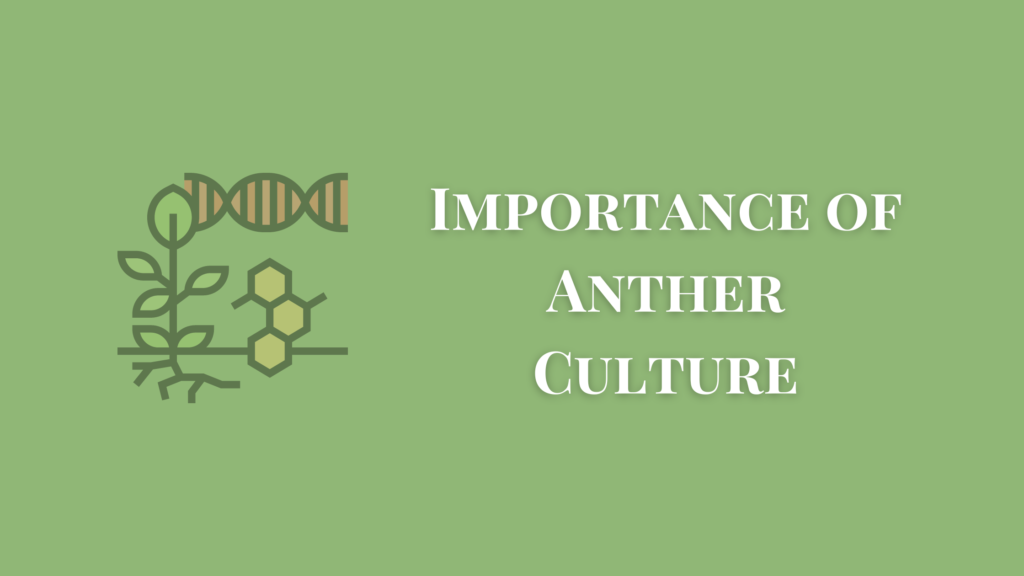Using plasmids as vectors has been one of the greatest developments in molecular biotechnology. Plasmids in biotechnology are used to transfer DNA from one organism to another.
Plasmids are pieces of DNA or circular DNA that can replicate independently of the genetic DNA. They may be of varying sizes and shapes as well. Plasmids are used to carry desired genes from one location to another. These desired DNA can be incorporated into these plasmids. The newly integrated plasmids are then used to add the desired genes into another organism or plant.
They have been one of the most commonly used tools for gene manipulation in plants.
- Plasmids carry a very small number of base pairs, from 1000 to 20,000 pairs.
- They are easy to cut open without damaging them.
- They can self-replicate even after modifications and can be grown in bacteria.
- It also helps to make multiple copies of the gene without much effort.
- Most importantly, plasmids can stay stable for a long time.
Genetic Engineering Through Plasmids
The gene manipulation of eukaryotic cells is not so simple. The eukaryotic cells do not contain any specific gene transfer system except the yeast cells that are used for cloning. The plant cells contain a thick wall that prevents the entry of the gene transfer system into the cells.
However, a successful breakthrough in the field of plant tissue culture helps the researchers to isolate the protoplast for inserting the gene cloning system or genes into the plant cells. The protoplast allows the entry of the gene transfer system into the protoplast.
Some pathogens successfully insert their genes into plant cells during infection. Such pathogens are used as plasmids in biotechnology to transfer of useful genes into plant cells. These pathogens act as vectors for transferring the genes from one organism to another organism.
Agrobacterium tumefaciens is a pathogenic soil bacterium that is generally used in genetic engineering works.
PLasmids in BIotechnology for Gene Transfer
The genus Agrobacterium includes four species of bacteria. They are Agrobacterium tumefaciens, A. radiobacter, A.rubi, and A.rhizogens. They are pathogenic soil bacteria that cause cancerous growth in the injected plant tissues.
They are gram-negative bacteria as well. They infect both dicot and monocot plants and cause tumorous growth in the injected portions. A.rubi injects only a few plants but the remaining species invade a broad range of hosts and induce tumorous growth.
The induction of tumorous growth is due to the presence of large-sized plasmids named Ti Plasmid. Ti plasmid is a large double-stranded circular DNA found in all strains of Agrobacterium.
Gene Transfer Through Ti Plasmids of Agrobacterium
Ti plasmids are natural plasmid vectors that are widely used for genetic engineering. The mechanism of such gene transfer is given below.
- The desired foreign gene is isolated from the selected strain of microorganism or plant.
- An intermediate vector plasmid is then constructed.
- The Ti plasmid is isolated from Agrobacterium with the help of enzymes. The T-DNA portion of the Ti plasmid is separated from the Ti plasmid.
- The T-DNA is then inserted in the intermediate vector plasmid. It is carried out using usual gene cloning procedures. As a result of this insertion of T-DNA, a shuttle vector is formed. The shuttle vector will then replicate.
- The T-DNA is cut with restriction enzymes and the prepared foreign DNA fragment is inserted into the T-DNA. As a result, a chimeric DNA is formed (a recombinant plasmid DNA containing cloning foreign gene).
- The chimeric DNA is then introduced into E. coli cells. This insertion is carried out by the simple uptake of DNA by E. coli. Here the chimeric DNA prepared is added to the culture of E.coli cells in the presence of calcium chloride solution. The calcium ions induce the development of recombinants in the E.coli cells.
- The transformed E.coli cells thus obtained are then mixed with a culture of A.tumefaciens and incubated for a few hours. During this incubation, the E. coli cells transfer the chimeric plasmids to the cells of Agrobacterium. The transfer of this plasmid is due to bacterial conjugation between E. coli cells and Agrobacterium.
- The chimeric DNA undergoes homologous genetic combination with the Ti plasmid of the cells. As a result, the inserted foreign DNA is transformed into the unmanipulated Ti plasmids of Agrobacterium.
- The transformed Agrobacterium thus formed contains some genes that give it resistance to drugs. Hence, they are selected by culturing the bacterial cells in a medium containing appropriate drugs.
- The selected transformed bacteria are then allowed to be injected into the cultured plant cells whose genomes are to be improved. Their DNA is inserted into the plant cells. The injected DNA gets integrated with the homologous sequence of the plant genome. Hence the plant cells become genetically transformed to synthesize the product of the desired gene.
- The modified plant tissue is finally regenerated into the plantlets.
